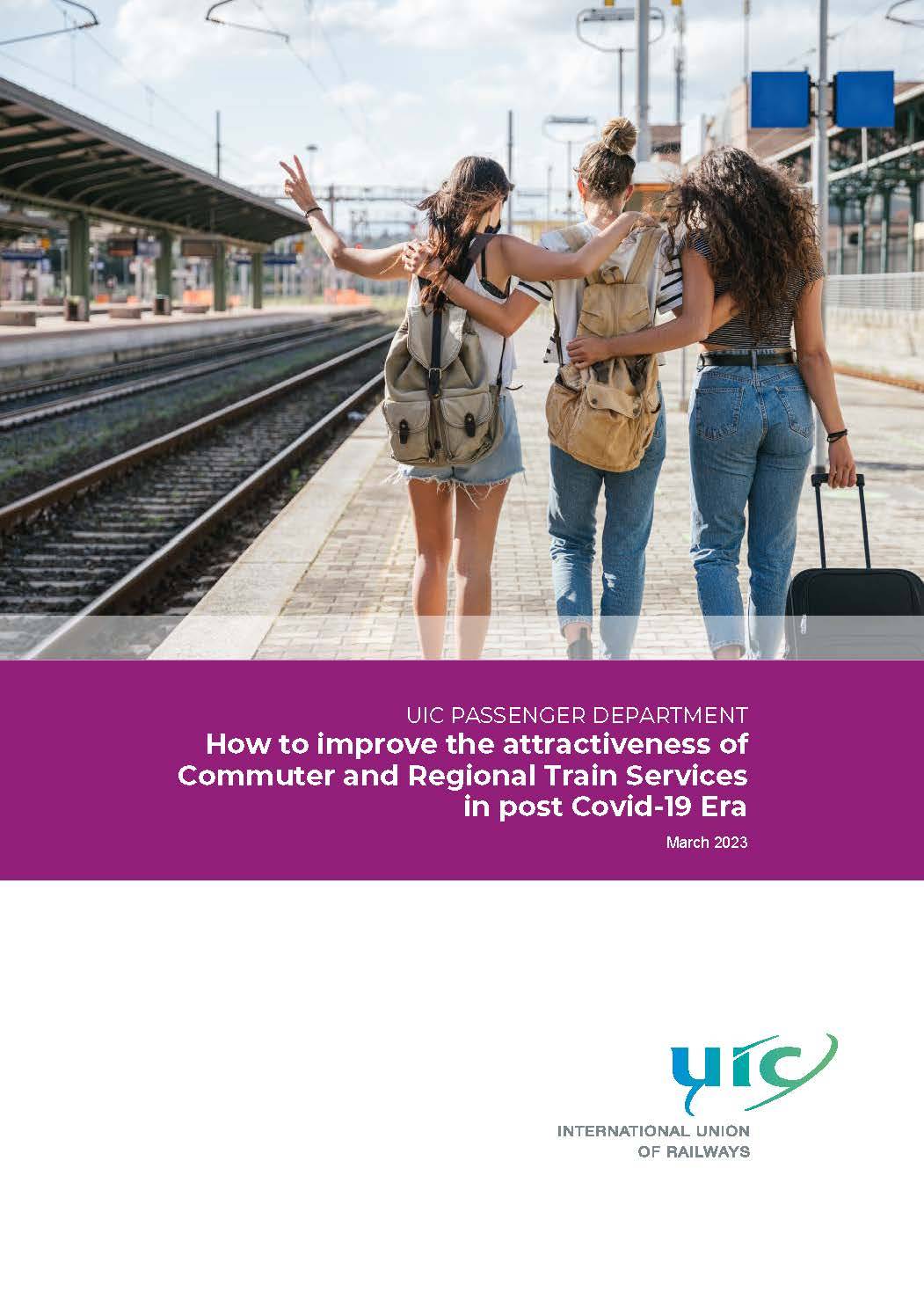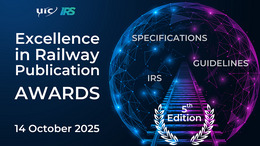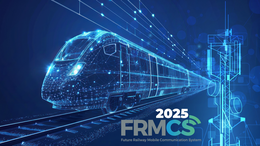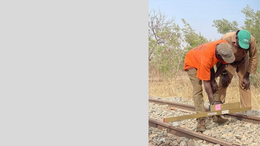Infrastructure Subsystem
The Infrastructure Subsystem Sector (ISS) provides the physical layer of the Rail System which, together with the other sectors of the Rail System, ensures a safe and reliable operation.
Structures are the most expensive assets of the system. Decisions about infrastructure investments require long processes, where stakeholders must raise consensus and administrations should reserve the required budget in advance. Infrastructure works need exhaustive preparation and their execution take long time. Life cycle of the infrastructure assets is the longest of the railway system assets. Infrastructure is so exposed to climate change that it urgently needs to be adapted to new parameters.
The way we work
UIC ISS works under the umbrella of two high level groups of experts: the Track Expert Group (TEG) and the Panel of Structural Experts (PoSE). UIC ISS coordinates the ongoing working groups organised in the topics of the sector: infrastructure, track and its elements and the interaction between the different technical subsystems. The common spirit of the groups is to work together with excellence expertise to:
- share and debate best practices of the sector (benchmarking) and learn of other experience, the new IRS-70712-1 about Broken Rail Detection systems are published,
- collaborate with other UIC departments to achieve the excellence in the sector, like in the AT-WOOD project, about the use of creosote for sleepers and its alternatives, developed in collaboration with the Sustainable Development Unit.
- go in-deep on a specific topic, like EOLE group, about the impact of exceptional and overloads on existing infrastructures, or the Y/Q project about the effect of train running instabilities on track,
- update procedures and algorithms and explore new opportunities, like STABLETRACK which is studying the track stability and prevention of buckling, upgrade of UIC Leaflet 720 to IRS 70720,
- the construction of an updated inventory of assets, to reinforce and facilitate the current inventory of track assets by: Progressing on the proper use of RFID tagging to identify and register infrastructure and track assets, thus becoming fully available and operational for the Railway Operating Community (ROC) and Providing guidelines of use for Automated Video Railway Inventory Systems which can be used to identify assets but also to assess condition complementarily to visual surface examination. With the RFID+AVRIS project will be known the actual state of art and define best practices and guidelines of use for RFID tagging and best practices and guidelines for Automated Video Railway Inventory Systems (AVRIS), by drafting of a recommendation for combined guidelines of use and procedures of inventory of track assets,
- explore new opportunities, like the DRONE4RAIL project, which is analysing the existing methods with drones for bridge inspections,
- The replacement of manual inspections with more frequent, automated, and standardised inspections. This could enable not only availability, reliability, and safety but also the repeatability and consistency of the Big Data required for Artificial Intelligence. The aim of ROBOTICS project is finding an alternative solution for the manual inspection and to pave the way to an intelligent infrastructure like the “smart turnout”. Within the analysis of the measuring systems and fix-installed sensors the potential of an automatic inspection could be shown. Each independent measuring system can carry out automatically a part of the considered inspection tasks.
UIC ISS also contributes to the Leaflet migration plan into new IRSs and to revise UIC IRSs and develop new ones. The commitment to revise and update leaflets is being developed by specific groups of experts to provide to the whole rail system with an updated knowledge of technical recommendations and guidelines.
What we want to achieve
Our target is to increase the knowledge of our network using innovative technologies and data-driven decisions to monitor its behaviour, to adapt it to the new climate change conditions, to automate and harmonise its maintenance, to increase its capacity, and to control its cost.
How we make it happen
We are promoting the activities of both TEG and PoSE, giving visibility to our experts and the topics raised by the groups. We collaborate with all the regions of the UIC to promote ISS activities. We are taking an active role in worldwide technological seminars and we are structuring our research work to present the main findings in railway congresses and professional publications. We organise specific training sessions with our members to help the railway community understand our sector. Both TEG and PoSE are the formal platforms to boost the ideas and organise the specific working groups.
We work throughout structured projects with objectives, planification and foreseen deliverables. The projects are structured in three main pillars:
Pillar 1. Data-driven decision making and automation
For both new investments and existing networks, new technologies provide tools to be used at the service of a connected and robust infrastructure system
- Creating intelligent tracks for future maintenance. Concerning the maintenance of the existing lines the main topics raised by the railway community are: prevention of failures, predictive maintenance, organised allocation of resources, and automation of the works. The related projects are:
- Planning infrastructure based on data-driven decisions. Quality data and optimisation of procedures should become the best practices in the railway community for taking investment decisions. The related projects are:
Pillar 2. Adaptation to Climate Change
Unforeseen and uncontrolled events might be studied. The community needs to identify the main causes and measures, to quantify the impacts and to quickly invest in resilient infrastructures. The related projects are:
- Alternative Treatments to creosote for wooden sleepers (At-Wood)
- Update leaflet 722 - Methods of improving the track formation of existing lines
- REsilient RAilways facing Climate Change. Operation Management and Impact on Infrastructure (RERA-RAIN)
- CO2FREE
Pillar 3. Standardisation
ISS is committed with the UIC task of updating the technical documents of the sector worldwide and concluding the current migration plan from leaflets to IRSs and systematic annual review. All the IRSs should be focussed on a global level, with regional specifications in the corresponding annexes.
More information on the standardisation activities of UIC at: https://uic.org/standardisation/irs
UIC contact
For any further information please contact Rosa Casquero
The Track Expert Group (TEG)
The TEG works on issues relating to layout, track superstructure design and maintenance strategies/processes and track components.
The group is chaired by Bernhard Knoll of ÖBB (Austria). Kurt Demeersseman of Infrabel (Belgium) performs the role of group secretary. Plenary meetings are usually held in Paris in winter (January/February) each year and are hosted by member railways or infrastructure managers each autumn (September/October).
The TEG is currently working on:
- asset management engineering for existing plain track and switches and crossings,
- initiatives to develop new and enhanced track solutions and guidance for use in products and methodologies for selection of systems,
- advances in automated inspection systems (laser, radar, cameras, drones),
- developing International Railway Solutions (IRS) and migrating existing UIC leaflets,
- actively influencing international (ISO) and European (CEN) codes and standards,
- handling digitalisation and environmental questions relating to superstructure.
The TEG is responsible for several UIC leaflets under Chapter 7 of the UIC Codex (subsections 70, 71 and 72) or Chapter 8 of UIC Codex (subsection 80), Technical Specifications about track components, as well as new IRSs and those adapted and updated based on UIC leaflets, divided into two different categories: “Design, laying, recommendations for use” and “Maintenance” including, amongst other subjects:
- various track types, layouts, and features in accordance with operational characteristics,
- standardisation and guidelines for subsystem components (subsoil/bed layers, ballast, traditional track components (rail, switches and crossings, sleepers)),
- introduction of new and associated elements (e.g., under sleeper pads (USPs), under ballast mats (UBMs)) and development of corresponding guidelines for use,
- general maintenance, inspection, and other related work processes (mostly for track and vegetation management),
- automated visual inspections of track with more detailed and in acceptable condition (within tolerances) or not in plain track (rails, rail joints, insulated rail joints, sleepers/supports/bearers, rail fastenings, other metallic elements, ballast), surroundings may include amongst other aspects and other technical subsystems (OCL and catenary masts/cantilever/elements, landslides, rock fall, obstacles in plain track, on walkways or track spacing areas, tunnels’ wet spots, clearance gauge check in plain track and tunnels/structures) and Switches and crossings may include additionally (general stability of the S&C, switch rail and stock rail, crossing (frog), geometry of the S&C).
UIC contact
For any further information please contact Rosa Casquero
Panel of Structural Experts (PoSE)
The PoSE deals with topics relating to civil engineering structures (viaducts/bridges, tunnels and earthworks), design and maintenance strategies/processes and aerodynamic effects on such assets.
The panel leverages the expertise of European infrastructure managers. Most European infrastructure managers are currently represented in the panel by structural or civil engineering department heads or specialist engineers.
The group is chaired by Didier Van de Velde of Infrabel (Belgium). Tanguy Lyon Lynch of Infrabel (Belgium) performs the role of group secretary. Its plenary meetings are held in Paris in late January/February each year and are hosted by various member railways in the autumn.
The PoSE is directly responsible for several UIC leaflets under Chapter 7 of the UIC Codex (subsections 70, 71, 77, 78), as well as new IRSs or those adapted and updated from UIC leaflets.
The PoSE’s work focuses mainly on the following areas:
- Engineering of existing bridges, tunnels and earthworks,
- Maintaining current knowledge of railway-specific sciences and migrating UIC leaflets to IRSs,
- Preparing background documents to produce guidelines or to facilitate standardisation,
- Supporting and complementing CEN/ISO activities in relation to civil engineering structures for railways, particularly regarding:
- dynamic and aerodynamic influences,
- special consignments or heavier than usual loads exceeding existing load models,
- Basic research projects to understand and develop the fundamental requirements for future railways,
- Disseminating the results of research projects through dedicated workshops, such as the recent workshop on masonry arch bridges.
UIC contact
For any further information please contact Hugo Patricio
Rail System news


Rail System Projects
Rail System events
Publications

Meilleure pratique pour l’évaluation des risques aux passages à niveau

PROACTIVE Pre-Incident Public Information Materials for CBRNe Incidents
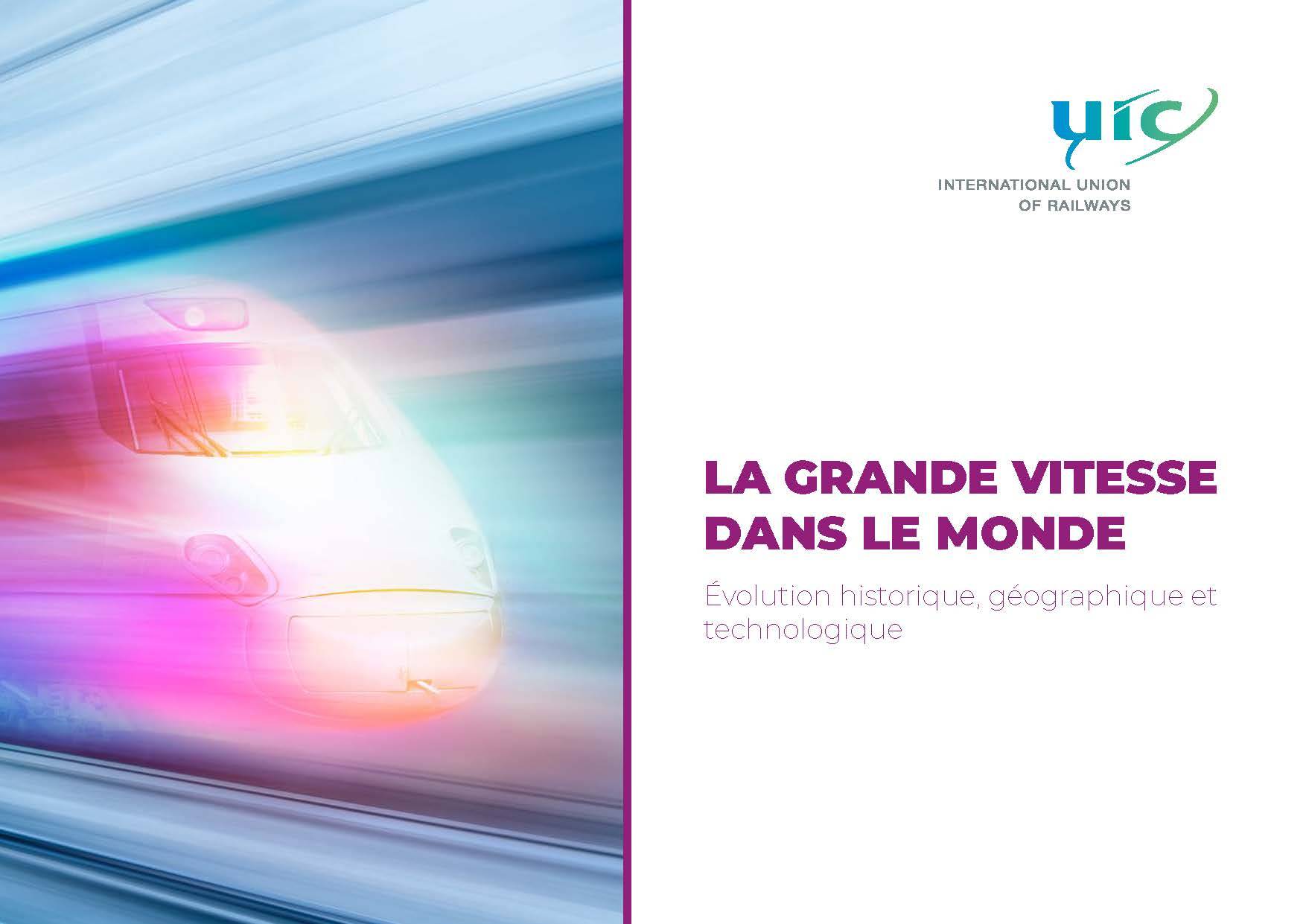
La grande vitesse dans le monde - Évolution historique, géographique et technologique
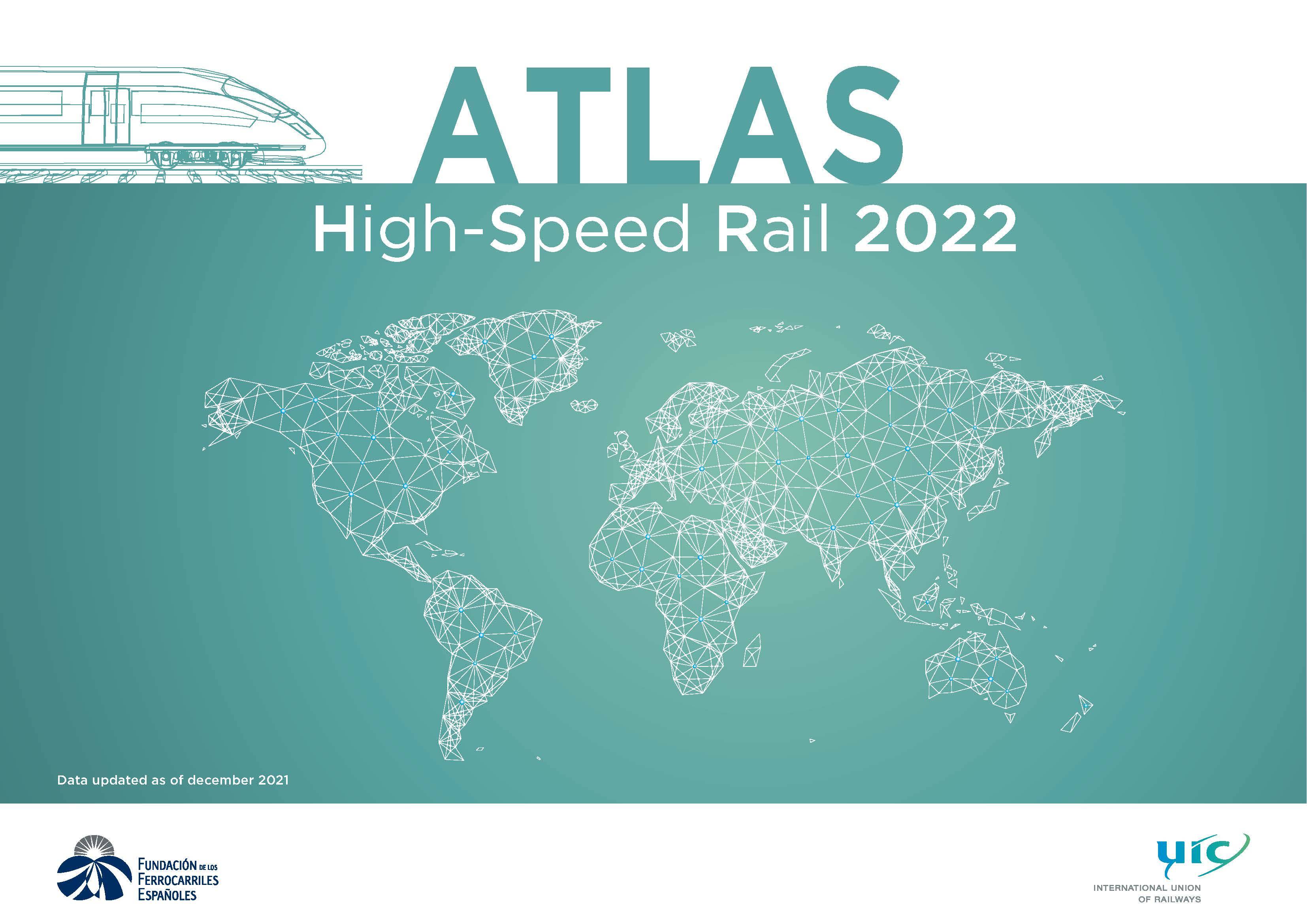
Atlas High-Speed Rail 2022 - A3

HIGH-SPEED RAIL, the right speed for our planet - Key Messages (11th UIC HS Congress)
